El Nido Diving & Snorkeling
Top Scuba & Snorkeling Diving Spots In El Nido
Scuba diving in El Nido. Whether you like shallow dives or vertical walls, sandy flats or swim-through, night dives or deep dives. Whether you are a beginner or an experienced diver El Nido has adventure waiting for you.
There’s something new to discover every time you snorkel every day. Seagrass beds, are a great place to examine sea horses and to observe a diversity of cardinal fishes, so called because their reddish hues are reminiscent of the hats worn by the princes of the Catholic Church.
Found in coral reefs are colorful damsel fishes in large schools, large parrot fishes whose hues can range from dark blue to yellow to grey in eye-popping patterns
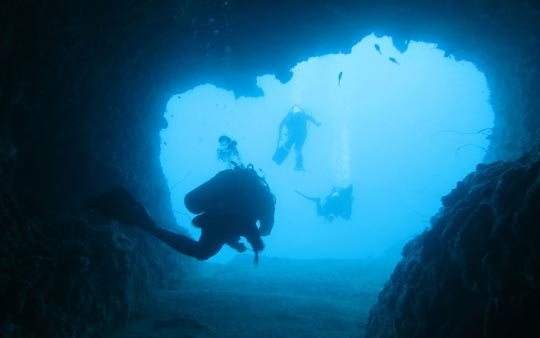
Featuring the cave entrance at 12m that’s wide enough for two divers to pass through, this year-round site is El nido’s nearest reasonable diving and is therefore popular with local dive centers. This 115-foot long tunnel is a spectacular dive for experienced divers. Discovered in early 1990, it starts off at 40 feet where a memorial plaque can be seen at the entrance then gradually narrows down towards the exit. The tunnel has several ceiling holes and a sandy bottom.

This is El Nido’s most famous dive site for a good reason. Colorful, shallow water coral gardens combined with turtles, schooling big-eye snappers, yellow tail barracuda and smaller schools of chevron barracuda make this a memorable site. Unique is the field of massive cabbage corals starting on 12m down to 25m - there is always something to see like the Spanish Mackerel and Tunas. A must-visit dive site, with schools of yellow snapper, barracuda, the occasional school of bonito flying past and large starry pufferfish hovering over the reef like guardians. The reef forms a triangle which dips down into a channel between two islands, occasionally big characters like eagle rays and mantas can be spotted.
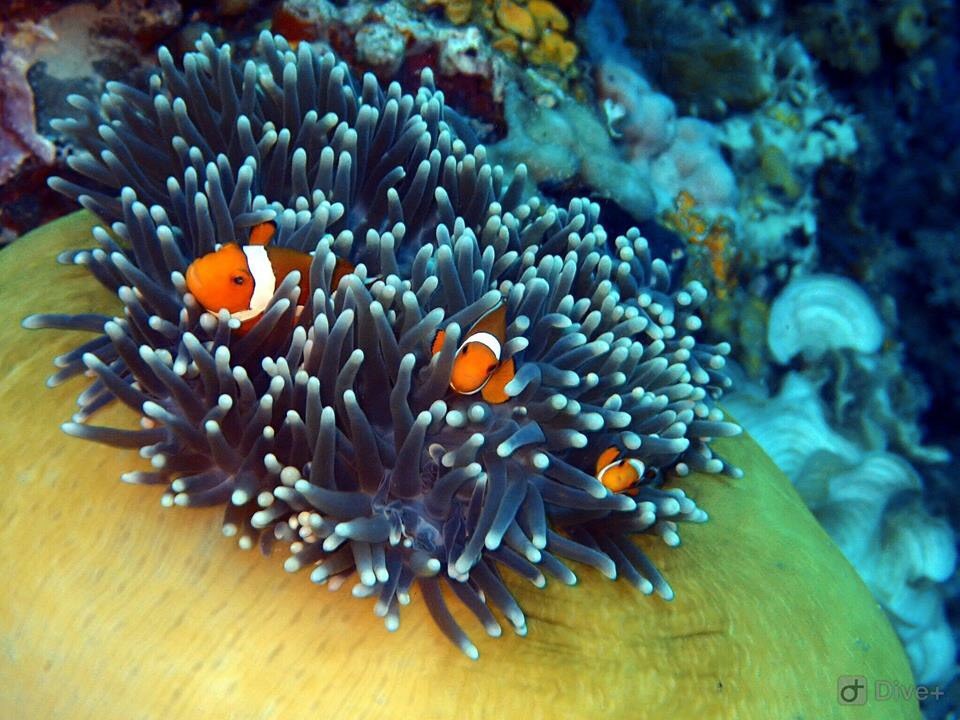
This is the spot to look out for passing pelagic. You’ll find a mix of topographies from swim throughs to massive rock cleaning stations and huge table corals. A single rock which can be circumnavigated if the currents are right. Even if you dive a smaller section of the reef and turn back you will still see pristine fan corals, batfish, and a massive school of jacks hanging above a beautiful, glass fish covered pinnacle. Enjoy a small swim through which brings you out into a mini-ravine packed with hard and soft corals. If you venture deeper you may have a chance of spotting a black tipped reef shark as they tend to be between North Rock and its neighbouring island (which is protected and not diveable) ’Tres Marias’.

Depending on whether you dive the spectacular 35 metre / 115 foot west wall or the stunning coral garden and sloping south reef, this dive site never fails to impress. From schooling fish through to lazy turtles, marble rays, passing reef sharks and occasional eagle rays this colourful spot showcases the marine biodiversity of El Nido. You can drift it as-well from south to west.

An absolute must for macro photographers and critter hunters. This coral reef and sandy patched dive site is home to seahorses, hermit crabs and a plethora of crabs and nudibranch including Spanish dancers. This site really comes to life after the sun sets so night diving here is recommended. Look out for sea moths and cow fish.
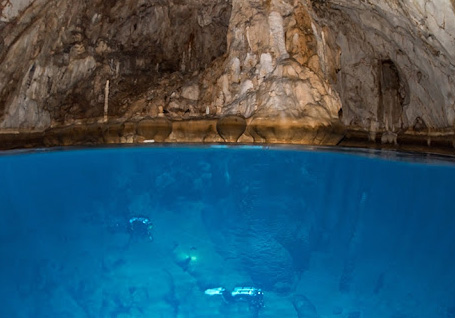
Popolcan is an underwater Forrest with amazing Soft Corals at 28m. Stunning, limestone stone cliff island begging you to explore. Starting with a flat reef with the occasional octopus, you make your way along and different hard coral formations start coming up out of the ground. Keep an eye out for turtles and a family of Bumphead Parrotfish. Then comes the highlight section, impressive rock formations covered in soft coral with space to swim through many different ways. You may find frogfish on the walls, crocodile fish on the floor and cuttlefish waiting for you around the corners. Paglugaban is on the edge of the island group so one side is the open ocean, so don’t forget to look into the blue every so often, you never know what might be swimming past. This is a must diving destination not to be missed.
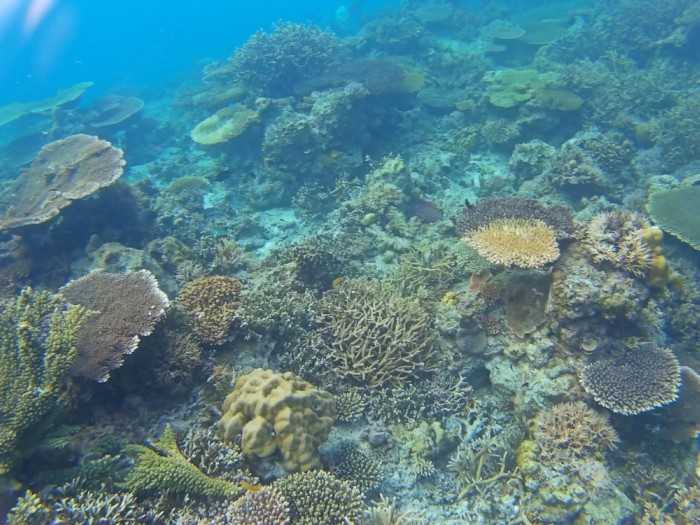
Matinloc Island has 100 meters of white sand with a busy and thriving scene just a few meters from the shore. The corals are very healthy and the water is very blue. Snorkeling in Matinloc is often described as being in an aquarium; just imagine being surrounded by fish in crystal clear water. There are corals right by the shore but also goes farther into deeper water.
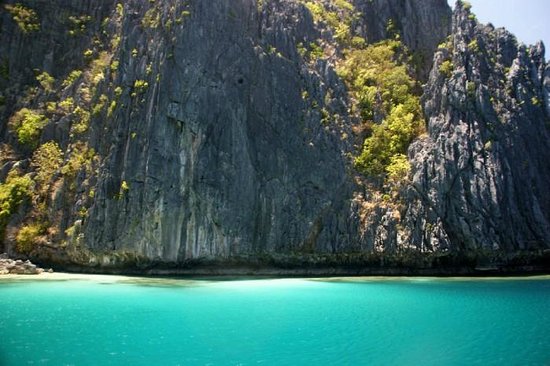
Tapiutan Island reefs are colorful and thriving. As a bonus, Tapiutan Island is the most remote island in the bay so there is less tourists in this area. The island is considered to be one of the most striking islands in El Nido because of its contour and vertical limestone walls. The island’s rich marine life is one reason why it lures a multitude of scuba diving and snorkeling enthusiasts.
Why El Nido
El Nido is a municipality of 45 islands in the Palawan province of Philippines. It is a part of a protected area. For its majestic natural beauty and a diverse ecosystem, the area was declared as the best beach destination in entire Philippines by lifestyle program CNNGO. El Nido is only 238 kilometers northeast of Puerto Princesa, the provincial capital of Palawan Island.
- Experience:The area has had the protected area status since 1983 which has resulted in a very diverse ecosystem around the area. El Nido is an ideal diving location with pleasantly warm water and visibility of 30 meters during the period between March and May.
- Reputation: Voted one of the best dive destinations in the world
- Guide Experience: Many certified guides available.
What You Get
Thousands of Nautical miles of open water to explore, herald Palawan as a water sports mecca.
- Sailing, surfing, diving, fishing – If you can think of it, then you are in the right place, a true paradise awaits you. Indulging your passion for the water is easy to do here in Palawan and limited only by your imagination.
- Transportation: Public, Private,Self Driven
- Great Facilities: Hostels, Pensions, Hotels, Resorts

